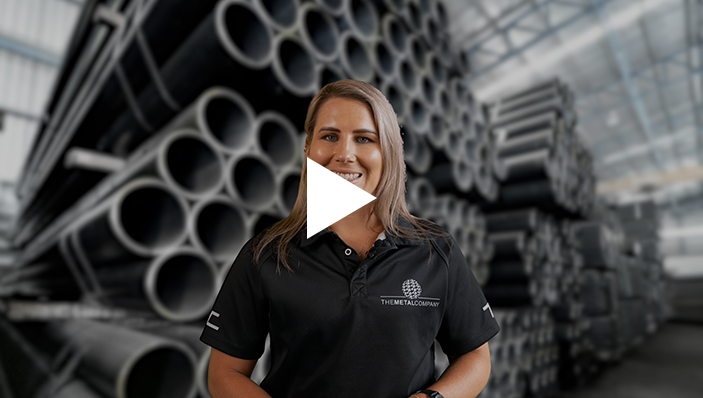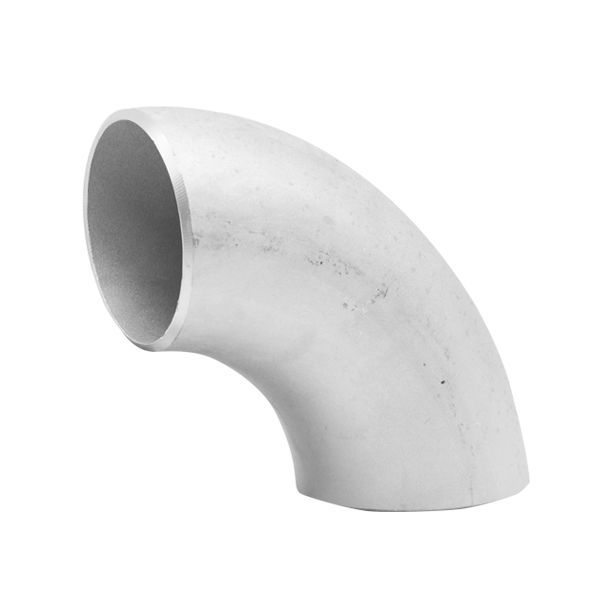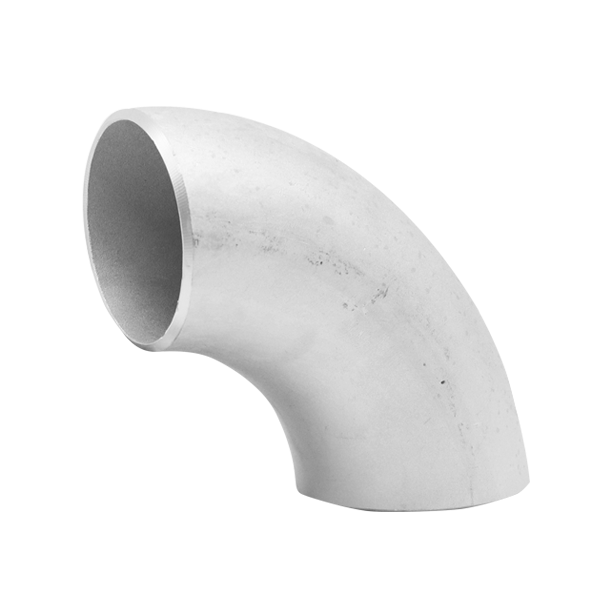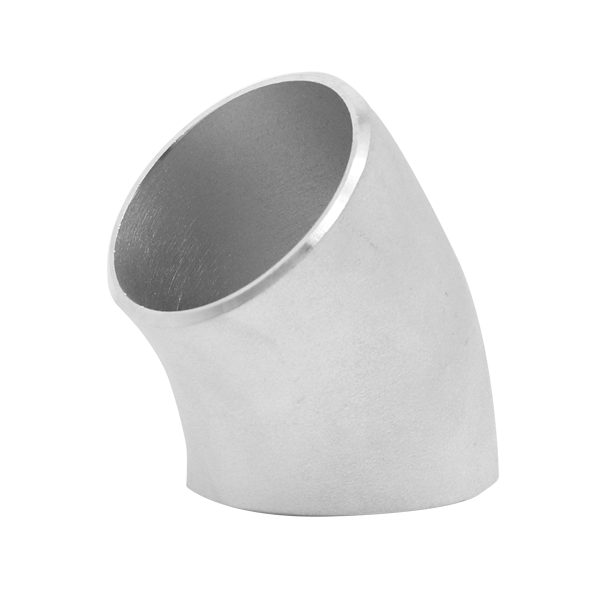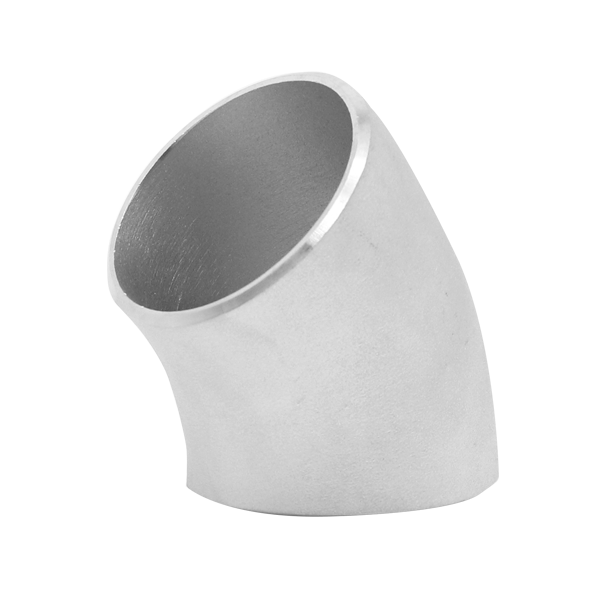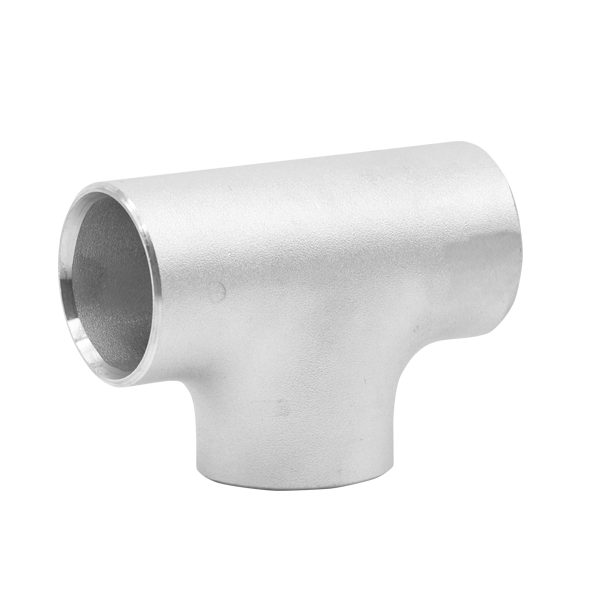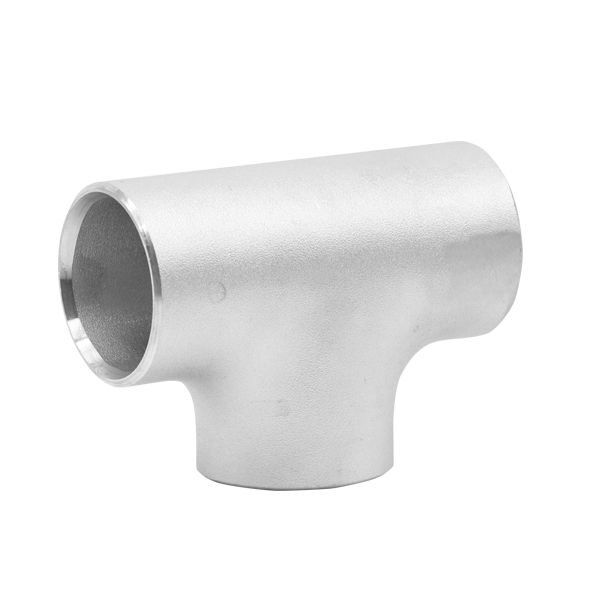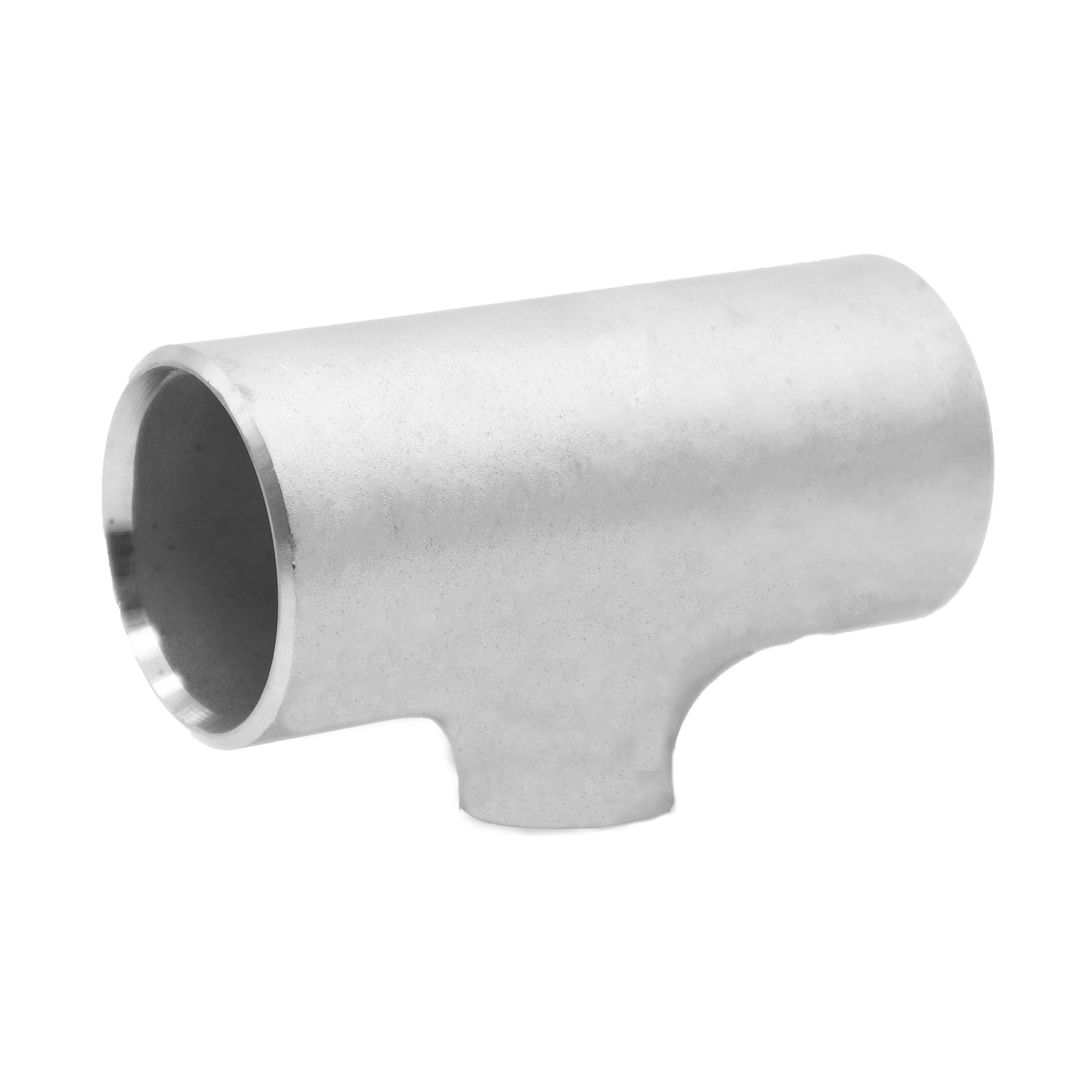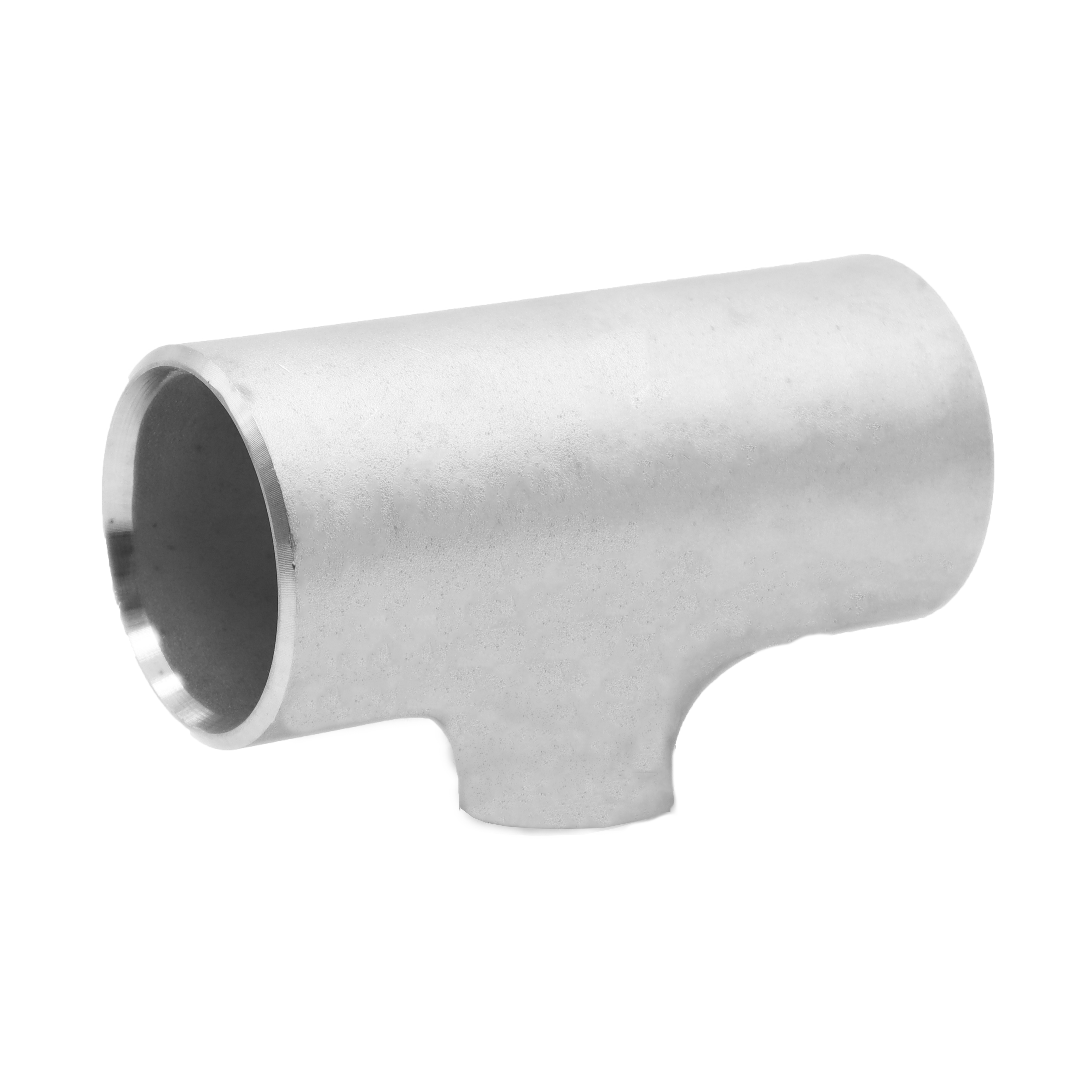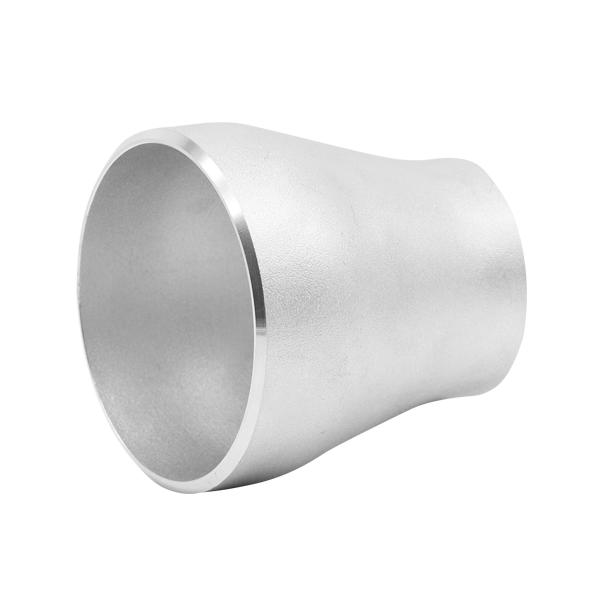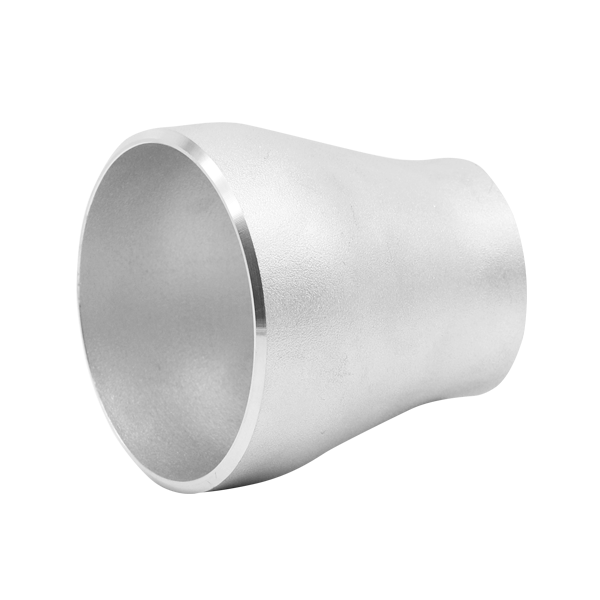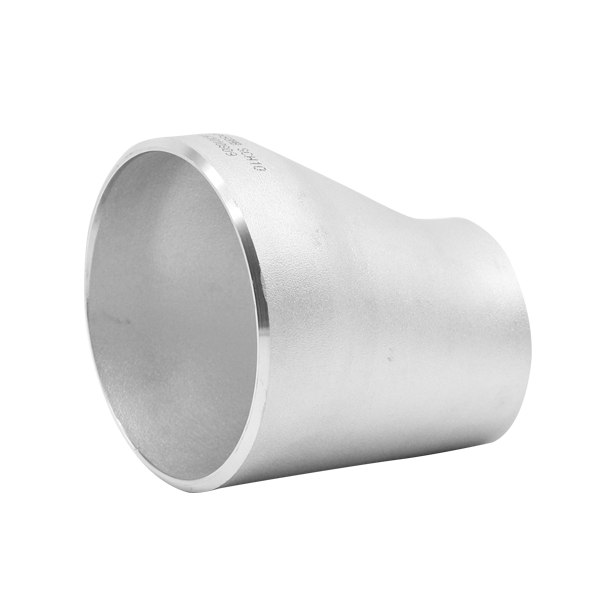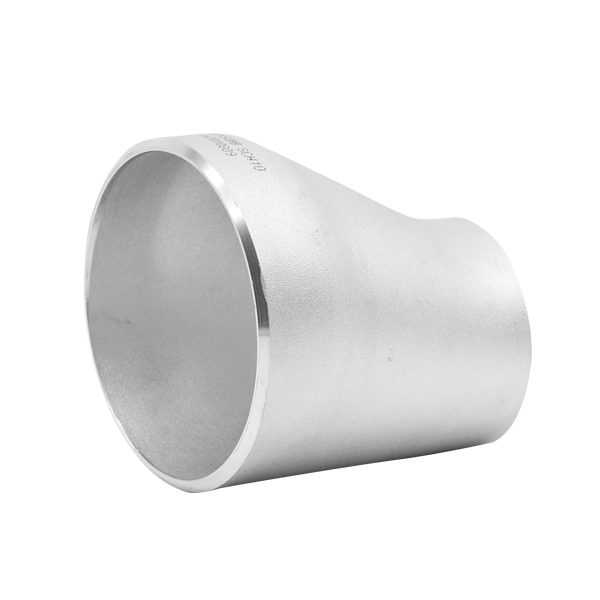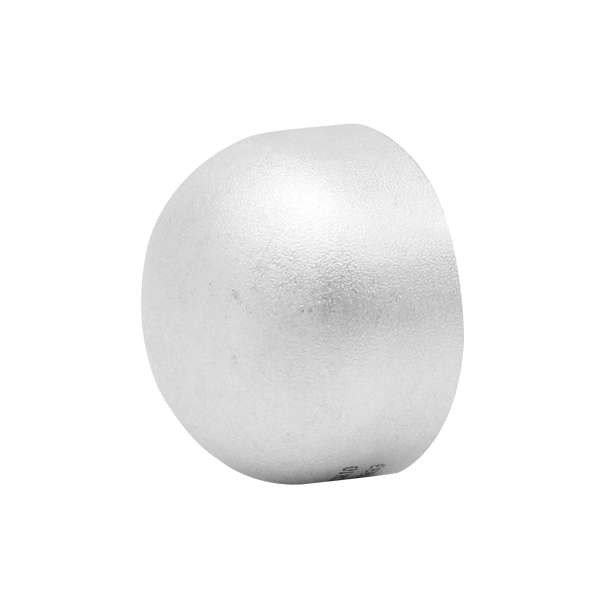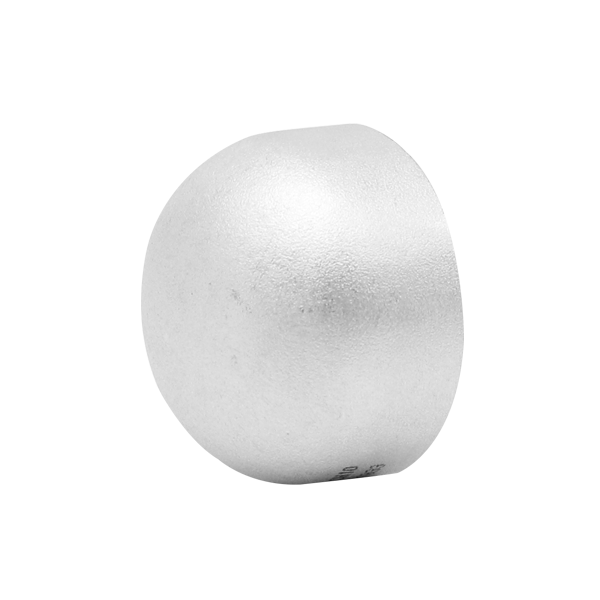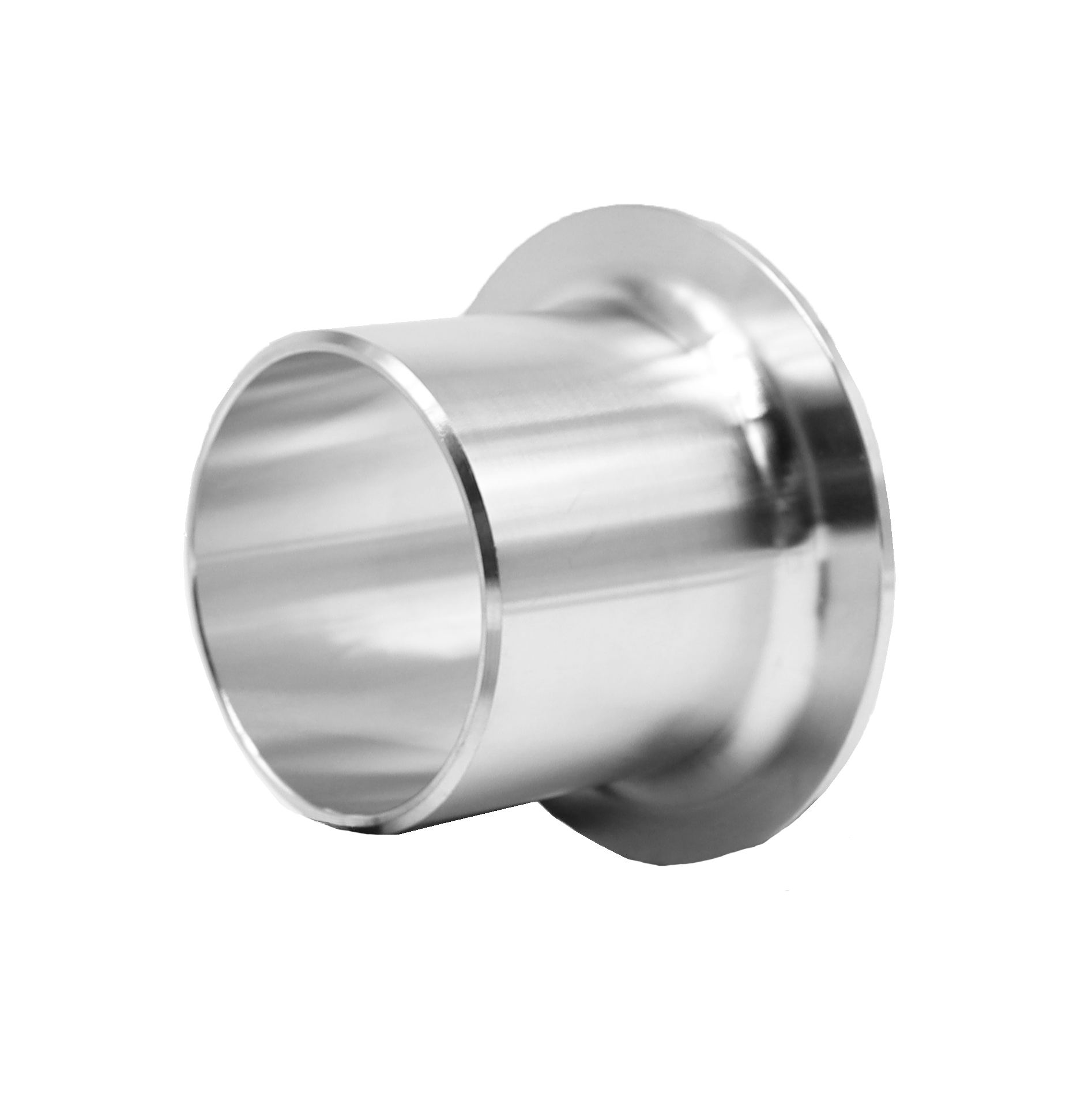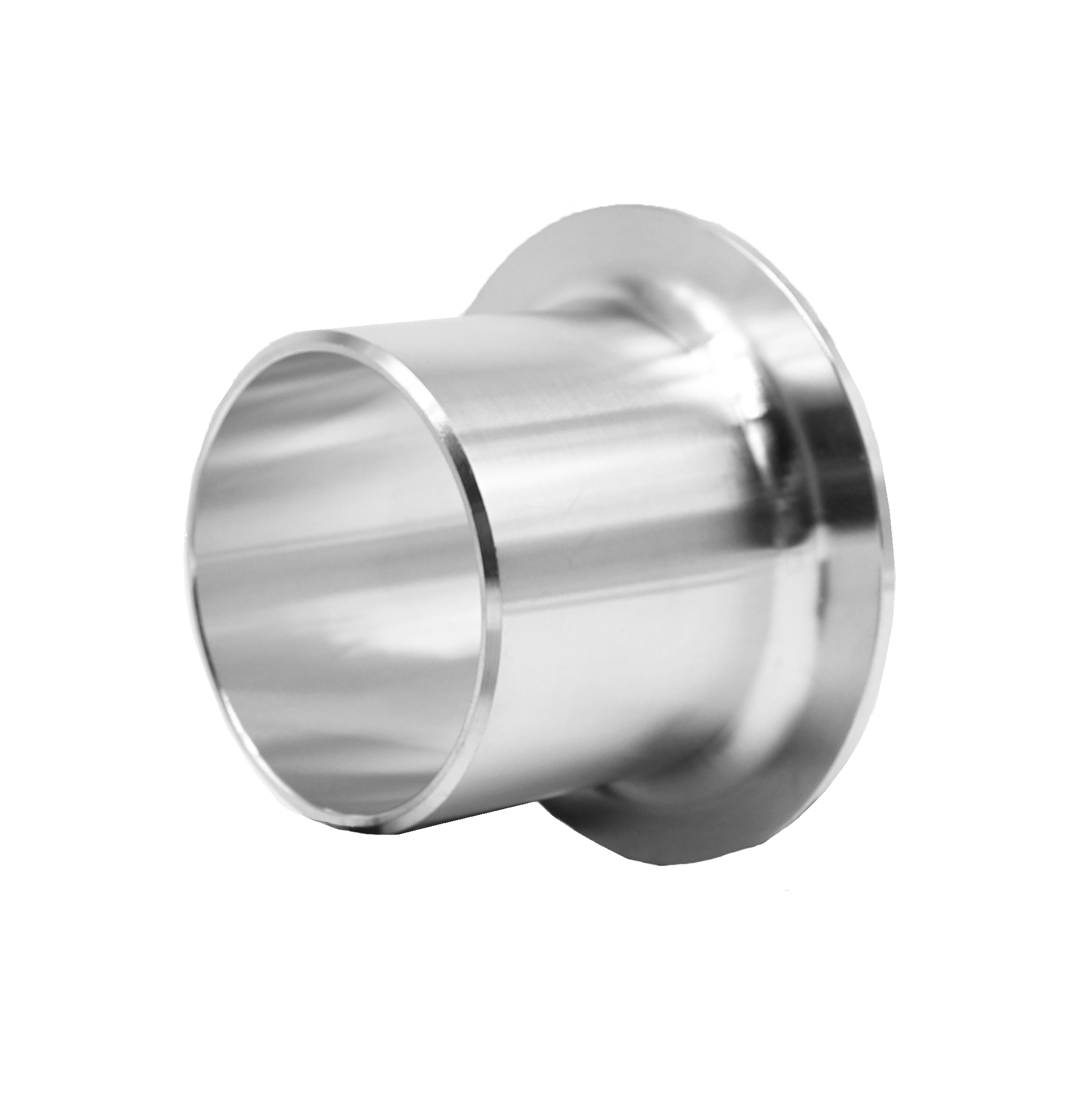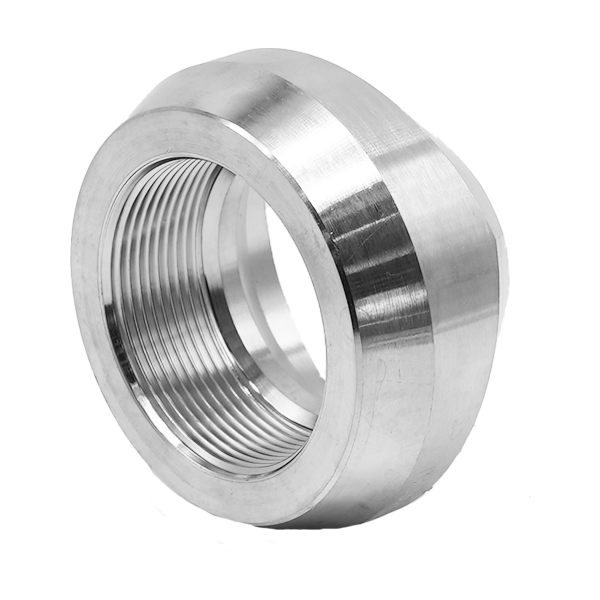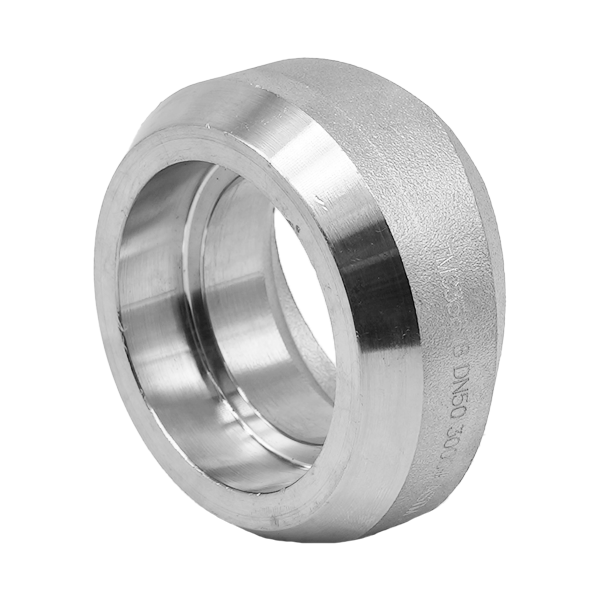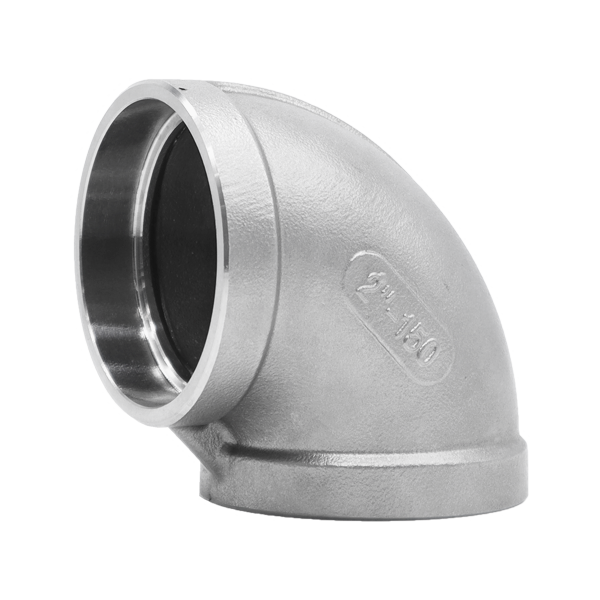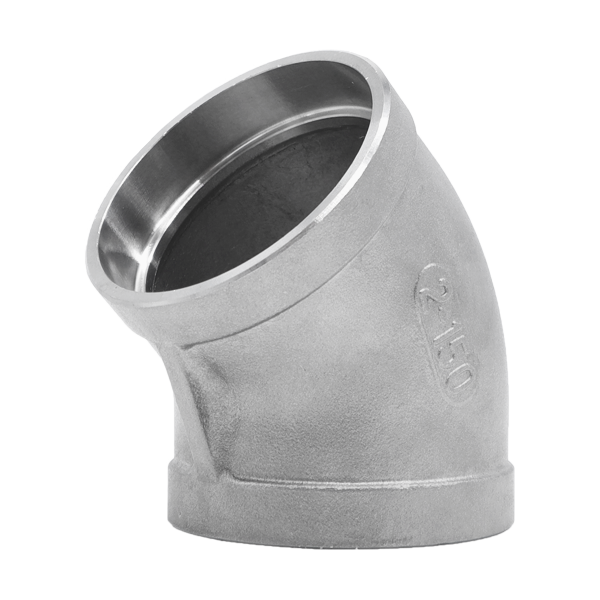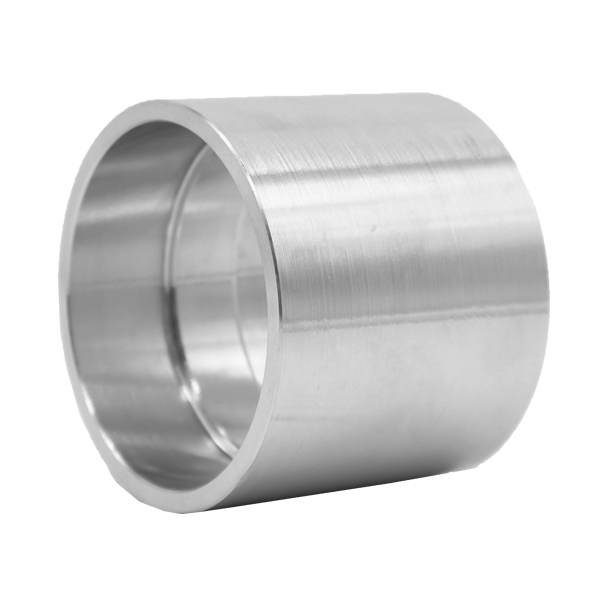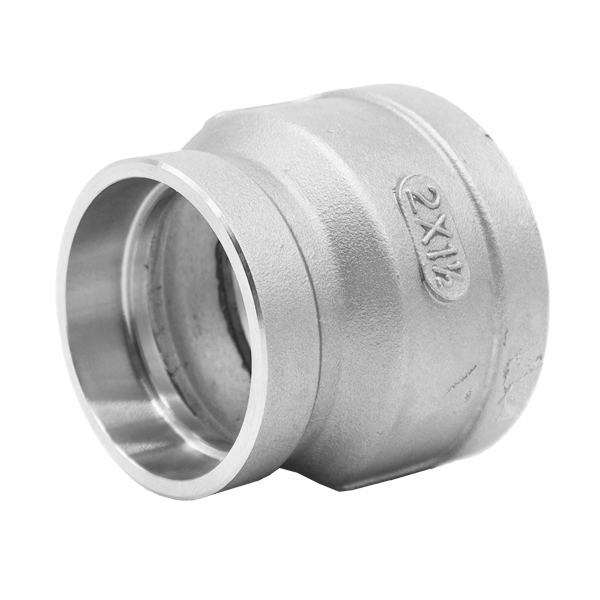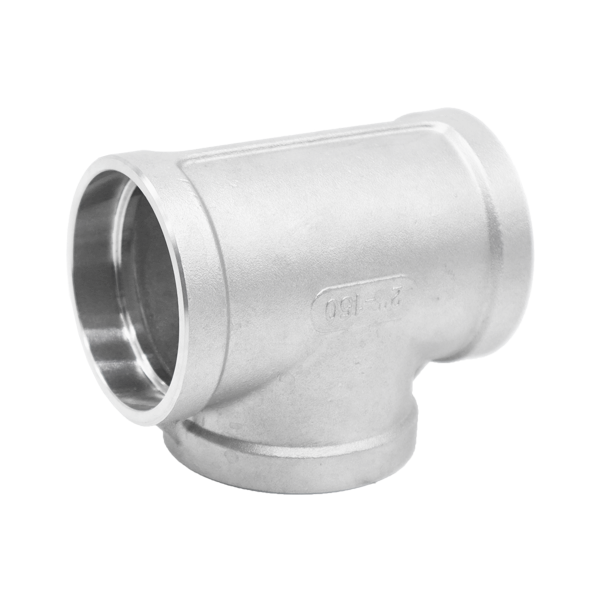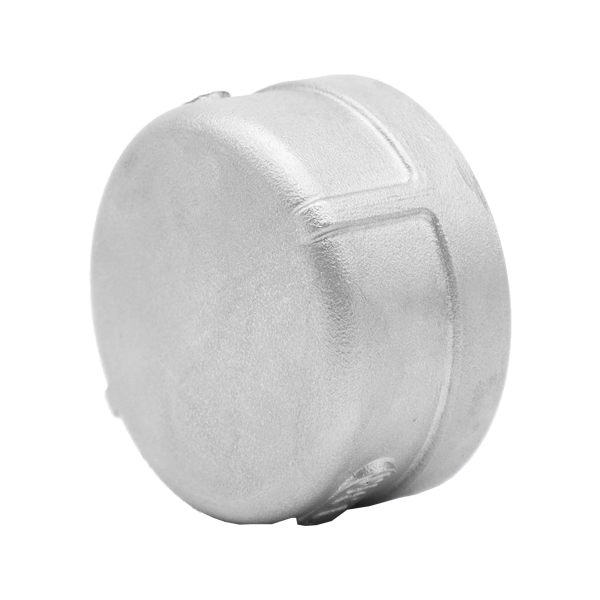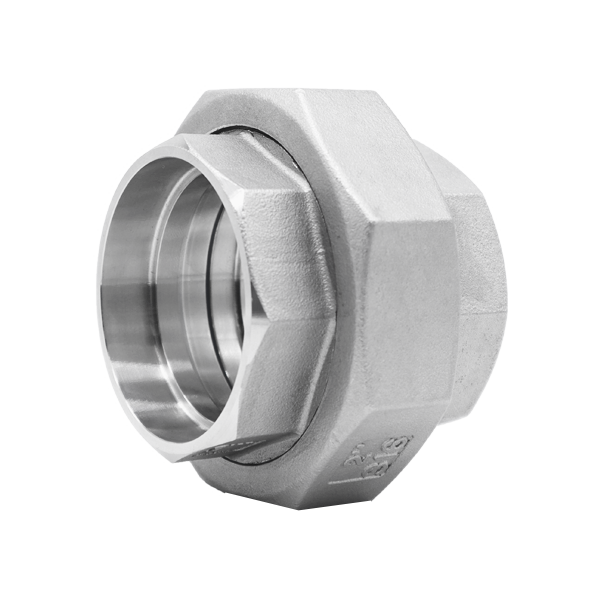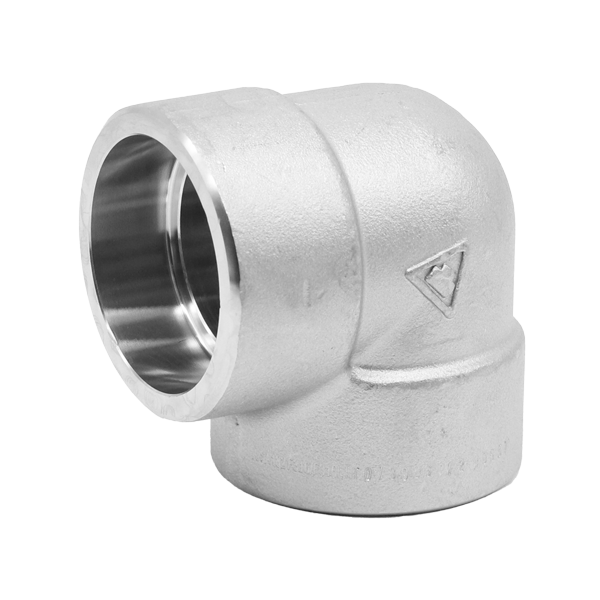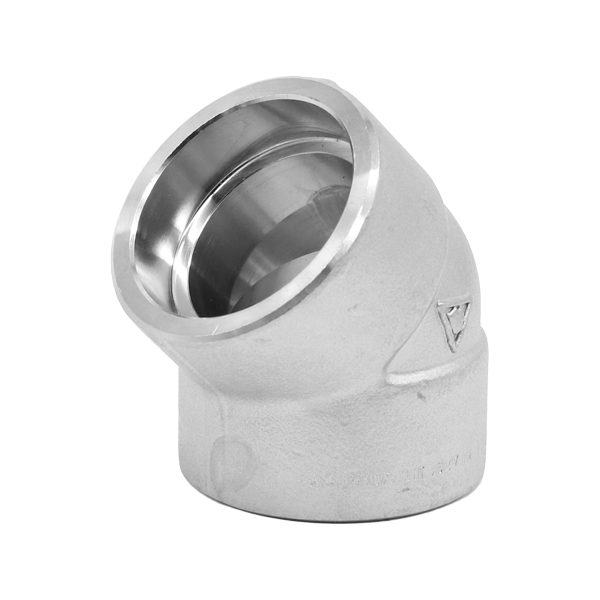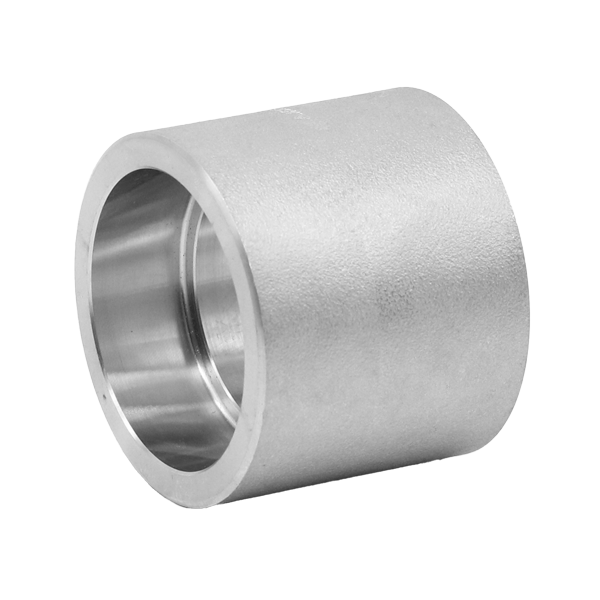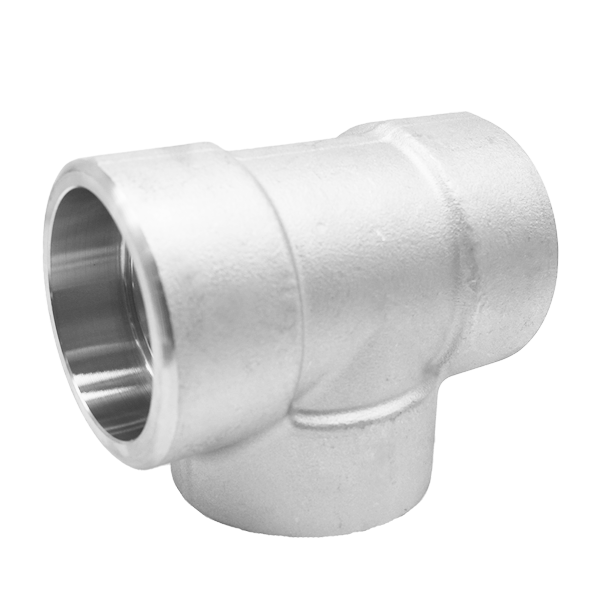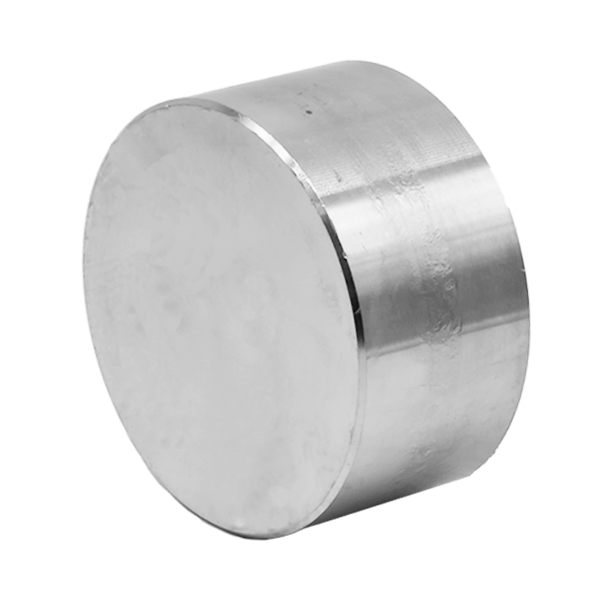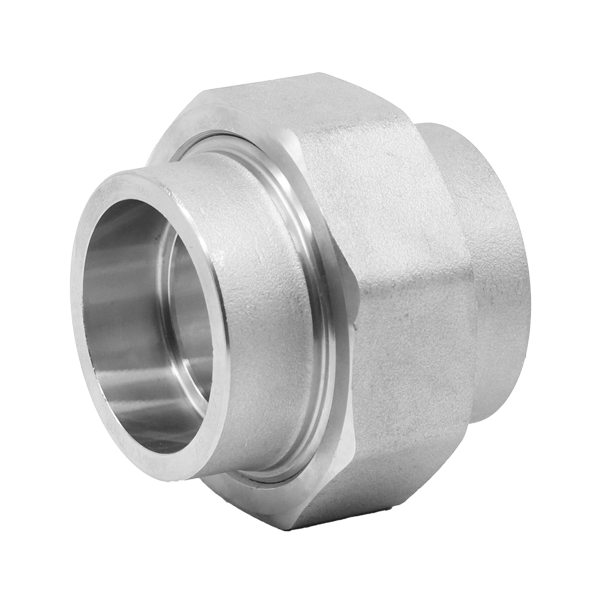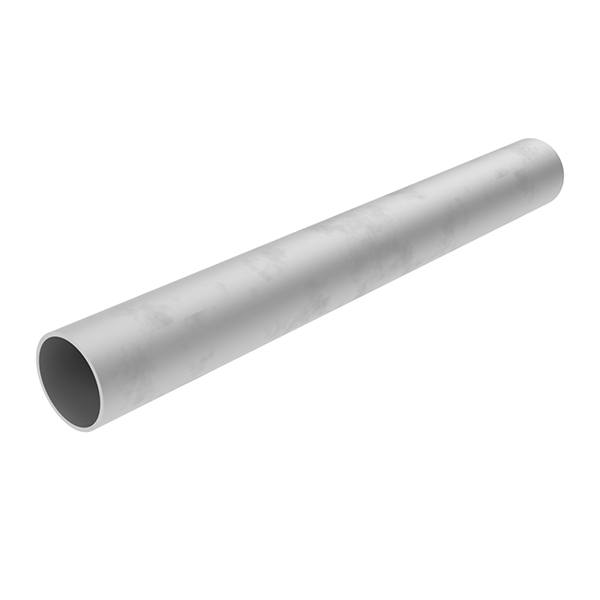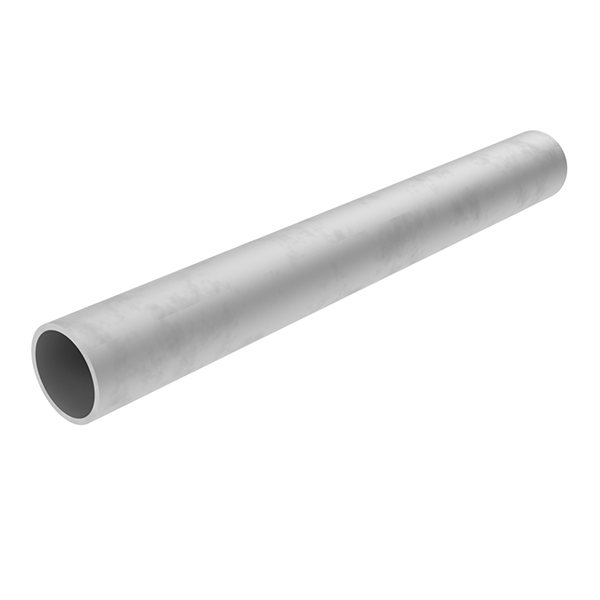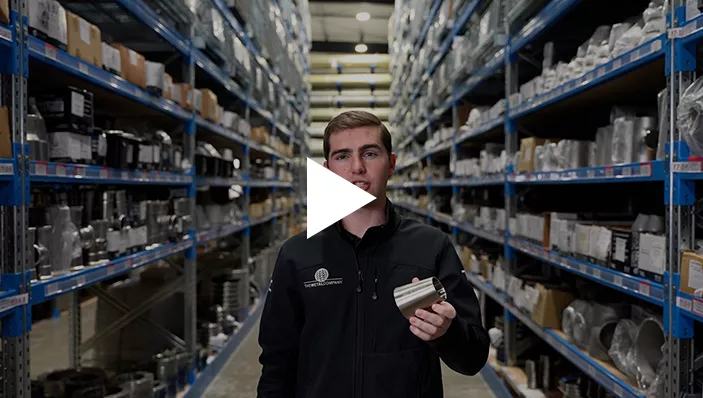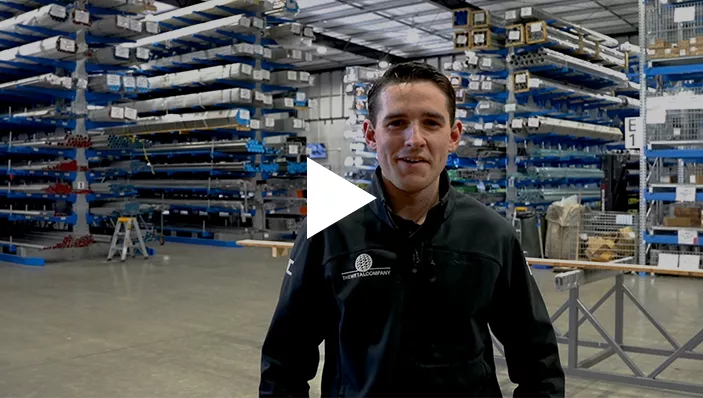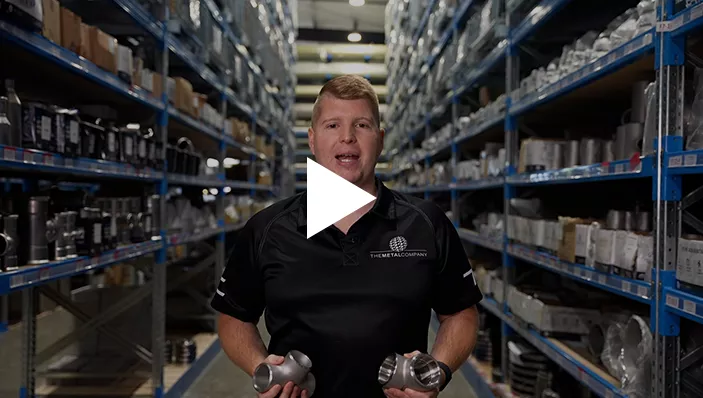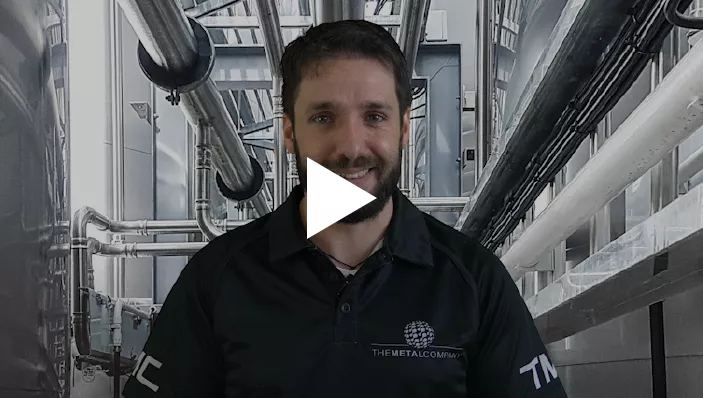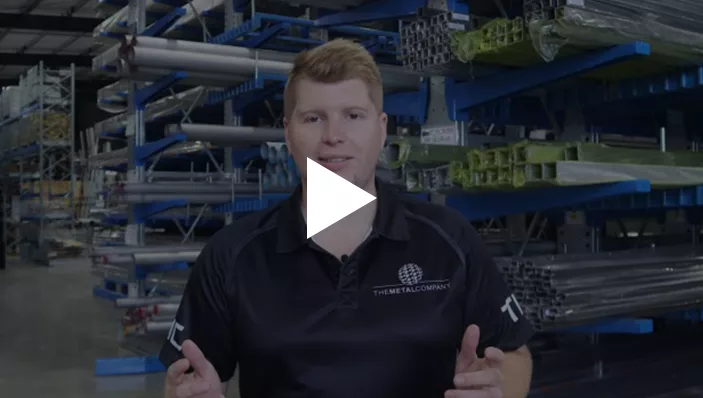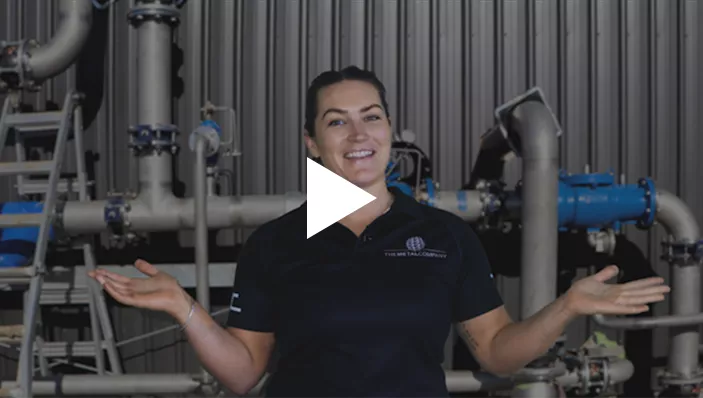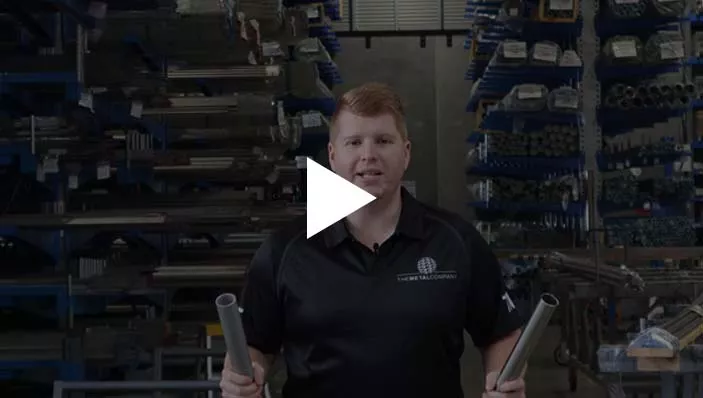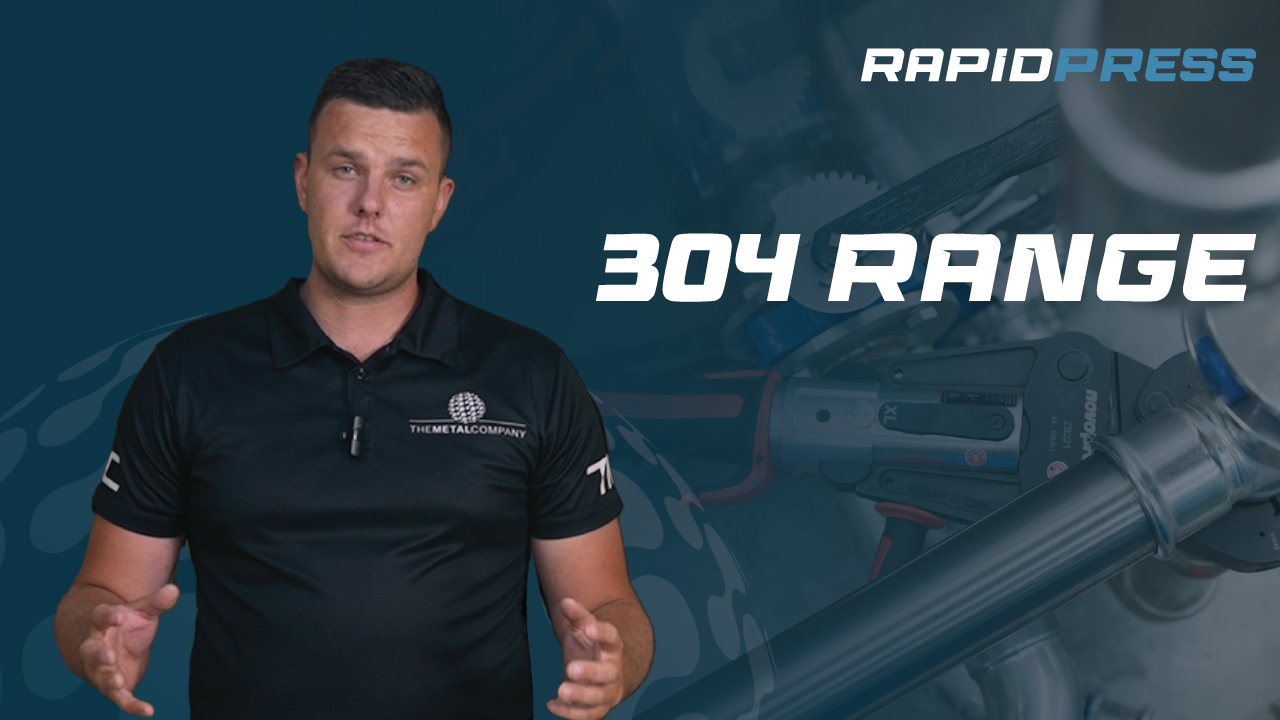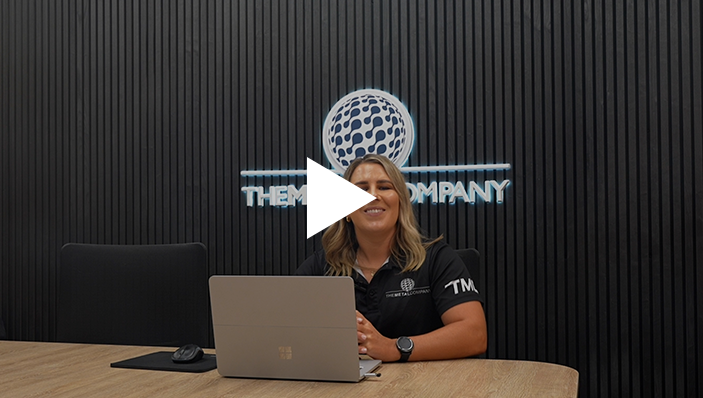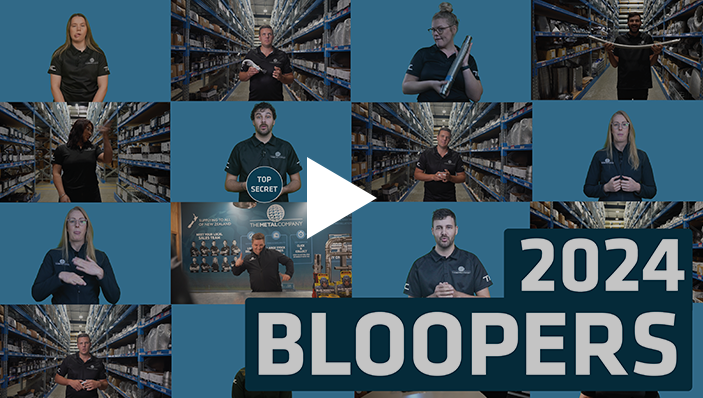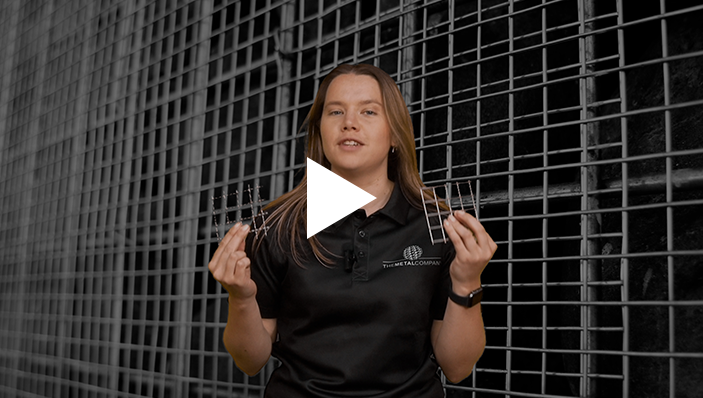Pipe
Stainless Steel pipe is commonly used to transport fluids and gases.
It is produced in different sizes and has many uses such as in wastewater systems, food & beverage facilities, chemical processing, oil and gas processing, and more.
Stainless steel pipe is non-hygienic as it is hot rolled, which means it is heated up and then rolled through a mill into shape. This leaves it with a rougher surface, which is often dull and referred to as a mill finish. Unlike tube, pipe is always round.
You can tell the difference between pipe and tube due to the wall thickness and surface finish. Pipe is thicker and has a rougher finish than tube.
We stock stainless steel pipe in both Schedule 10 and Schedule 40. The schedule determines the wall thickness of the pipe. Schedule 10 has a thinner wall thickness than Schedule 40, and is typically used in low-pressure applications while Schedule 40 is used in high-pressure applications.
Pipe is measured by Nominal Bore (NB) and Schedule. The term NB (Nominal Bore) is often used interchangeably with NPS (Nominal Pipe Size). ‘Nominal’ is a non-dimensional number that identifies the internal diameter. The wall thickness of pipe is determined by the schedule.
We stock pipe in Schedule 10 from ½” to 16”, and in Schedule 40 from ½” to 12”. We also stock a full range of pipe fittings, both butt weld and socket weld, to suit any pipe run.
Related Products
Learn about Stainless Steel and discover more about how we can help you with supply in your engineering business.
Watch the latest videos from The Metal Company to learn all about how our products and services can help you. We Make buying stainless steel easy.
More Videos About Pipe
Pipe
Stainless Steel pipe is commonly used to transport fluids and gases.
It is produced in different sizes and has many uses such as in wastewater systems, food & beverage facilities, chemical processing, oil and gas processing, and more.
Stainless steel pipe is non-hygienic as it is hot rolled, which means it is heated up and then rolled through a mill into shape. This leaves it with a rougher surface, which is often dull and referred to as a mill finish. Unlike tube, pipe is always round.
You can tell the difference between pipe and tube due to the wall thickness and surface finish. Pipe is thicker and has a rougher finish than tube.
We stock stainless steel pipe in both Schedule 10 and Schedule 40. The schedule determines the wall thickness of the pipe. Schedule 10 has a thinner wall thickness than Schedule 40, and is typically used in low-pressure applications while Schedule 40 is used in high-pressure applications.
Pipe is measured by Nominal Bore (NB) and Schedule. The term NB (Nominal Bore) is often used interchangeably with NPS (Nominal Pipe Size). ‘Nominal’ is a non-dimensional number that identifies the internal diameter. The wall thickness of pipe is determined by the schedule.
We stock pipe in Schedule 10 from ½” to 16”, and in Schedule 40 from ½” to 12”. We also stock a full range of pipe fittings, both butt weld and socket weld, to suit any pipe run.
Related Products
More Videos About Pipe
More Videos
You Ask, We Answer
Do you have questions regarding stainless steel, our products or our service? We would love to hear your suggestions for videos we could make.
